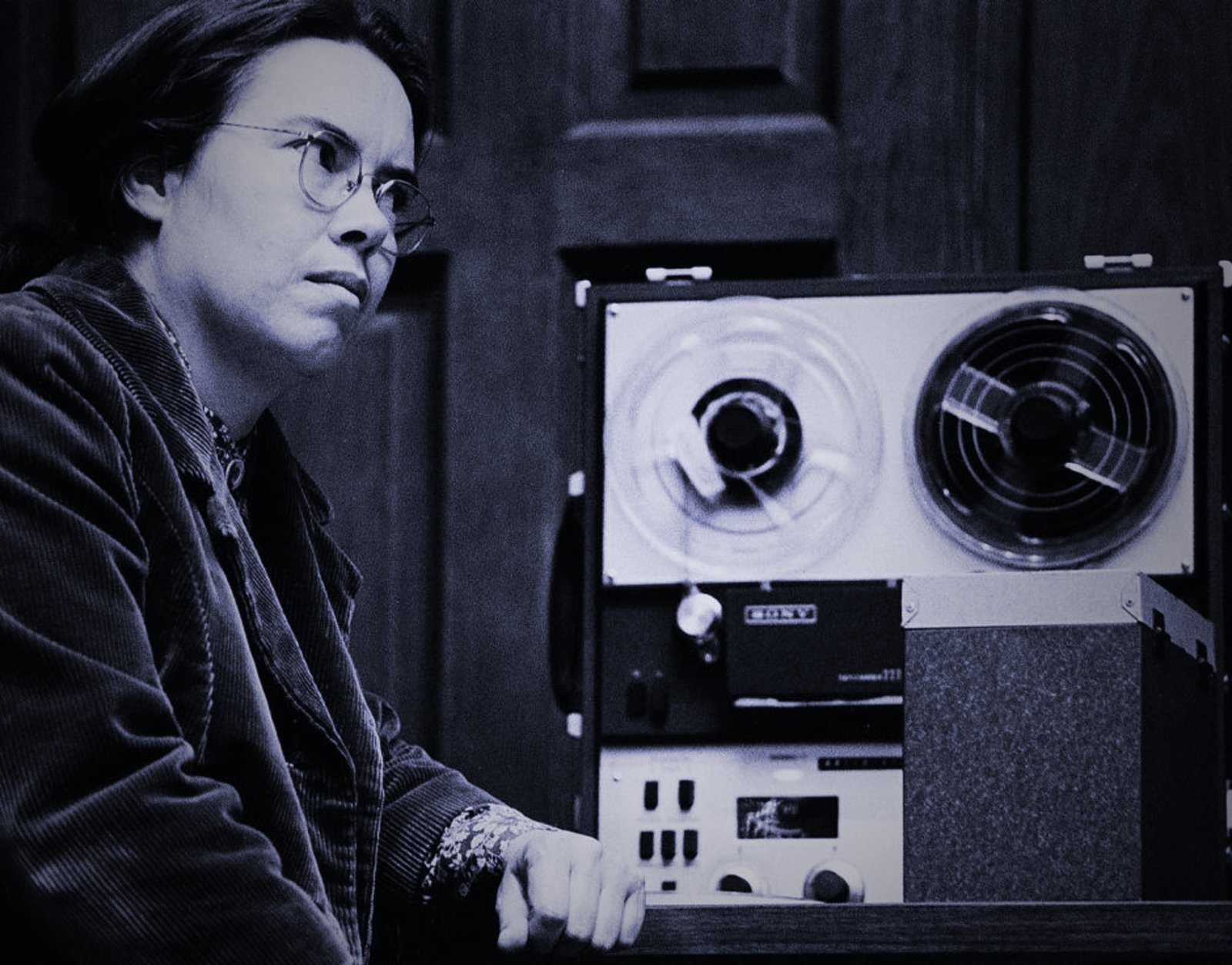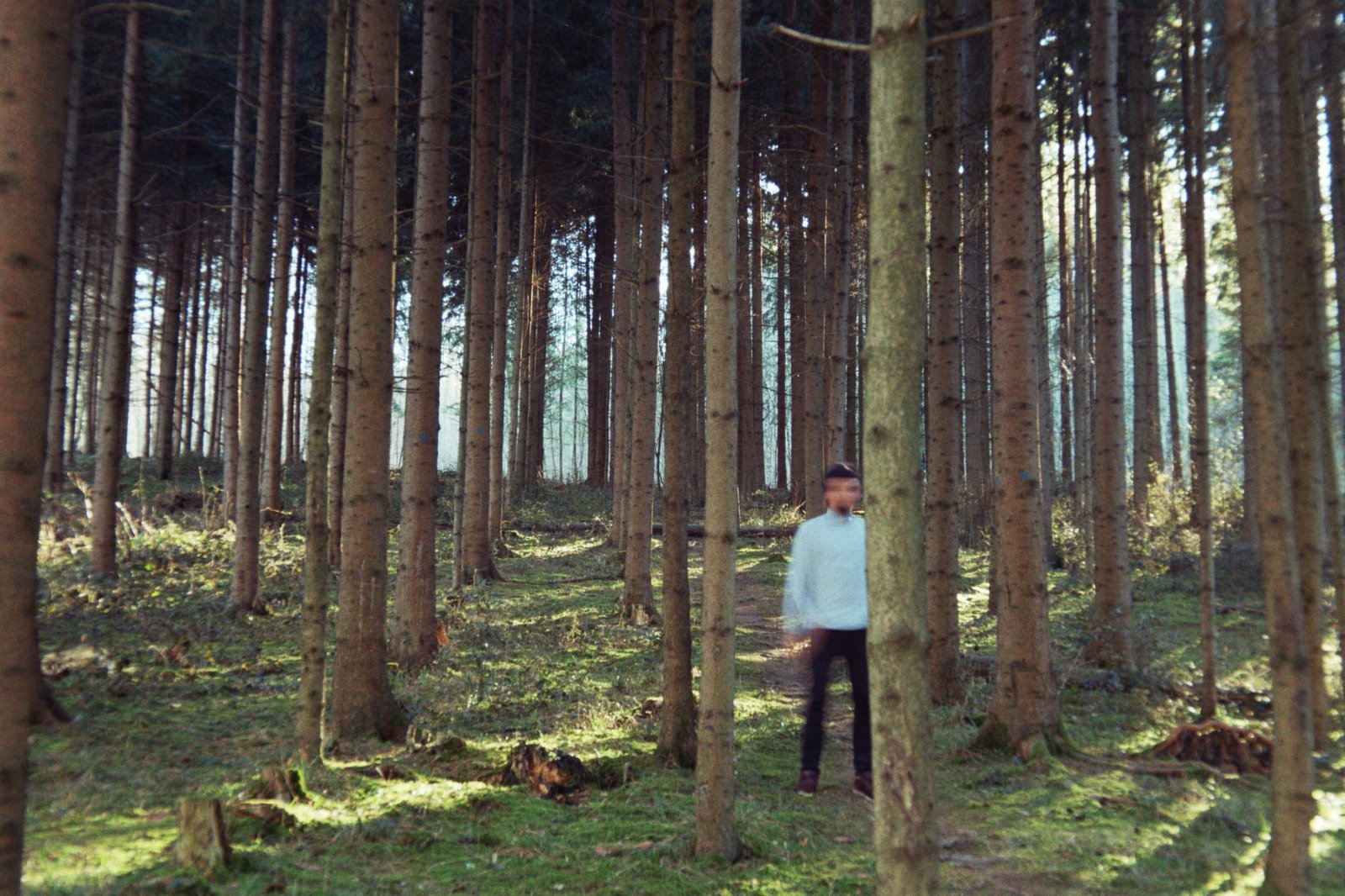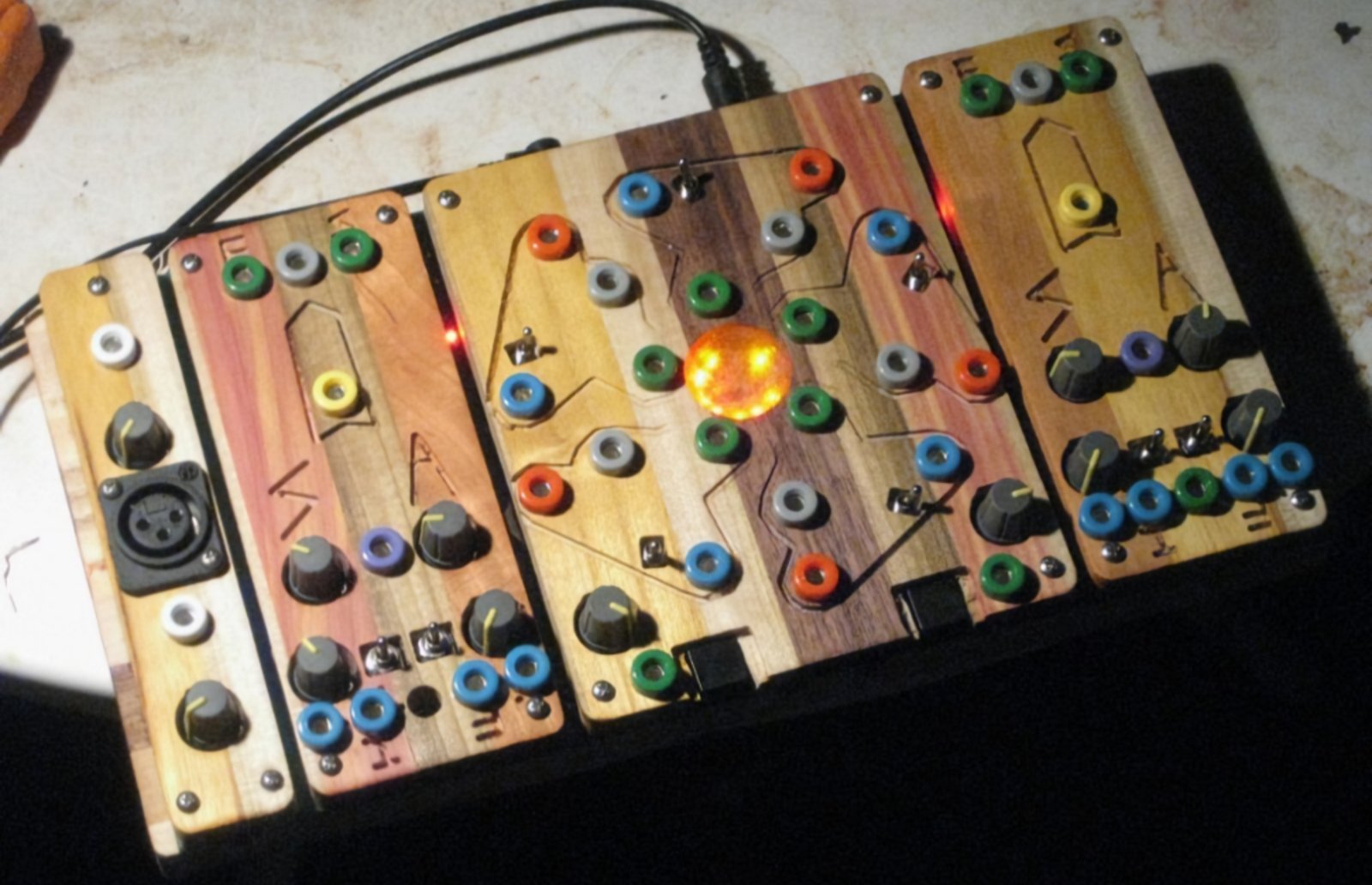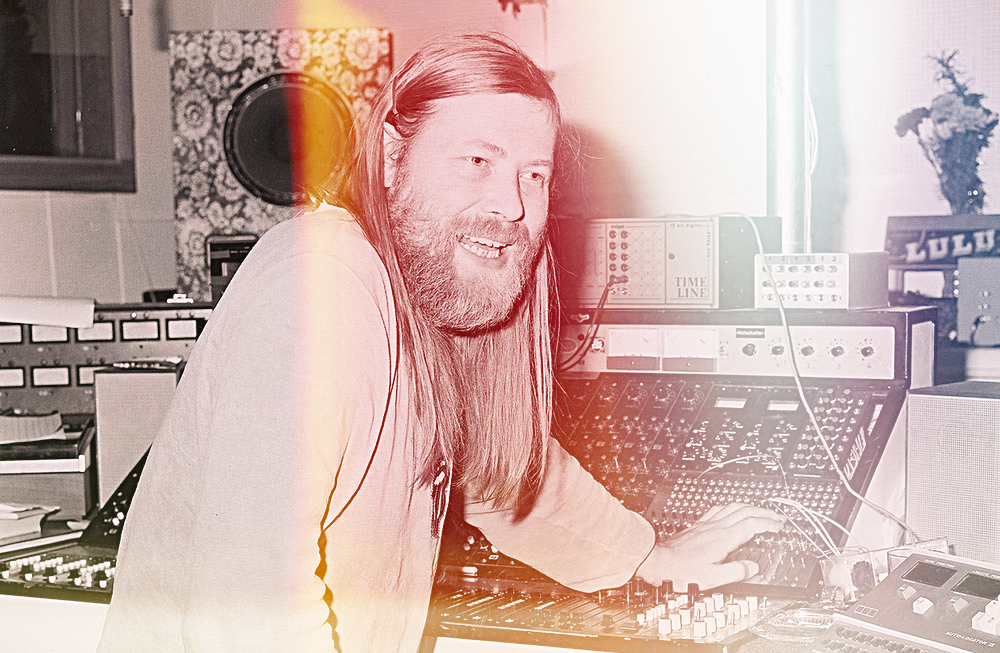Autechre – SIGN → Sasha Frere-Jones interviewed the legendary Autechre in one of his recent SF/J newsletters. It’s a lovely interview, with insight into the new album’s mechanics and how the duo manages to work together from different cities in COVID-times. But a highlight is the prose of Frere-Jones — I love how he writes about the music he loves. Check out his on-point description of Autechre’s album:
SIGN flirts with disintegration but only lightly, throwing its weight into a smooth ravine lined with translucent panels and reflective tape, a river of light running below the wind of turbines.
That’s a chilling reminder that I really need to work on my metaphors. But that won’t stop me from dropping some words of my own about this fascinating album.
Undoubtedly, there’s programming and coding involved in making this music. Numbers and figures set into a machine, then let loose to create tones and noises. How random are these tracks? Is this set-it-and-go music? Like Eno’s generative experiments, the process would border on ‘the joke’s on us’ if the result weren’t so lovely.
I also like how this album can float in the background but is also open to deep listening. In other words, SIGN is a prime #Worktones candidate but also enjoys attentive ear-analysis. I haven’t immersed myself in Autechre’s back catalog in a while, but I can’t recall other efforts sharing these opposing qualities throughout an entire tracklist.
SIGN has already received its fair share of accolades — and also criticism of what some see as a compromised sound. As the follow-up to an eight-hour album, SIGN won’t seem anything but a compromise to those critics. But, for me, the tug-of-war between the off-putting and the inviting is a sweet spot. Autechre’s done it, and, judging by how many times I’ve already listened to SIGN, it’s right in the pocket.
——————
Oliver Coates – skins n slime → The new album from the innovative cellist finds Coates exploring his mesmerizing string-layers in forms halfway between compositional and textural. The music is also lightly confrontational, Coates’s instrument overdriven to excess and crackling with electricity. skins n slime appears separated into two sections, with the five-part “Caregiver” suite comprising the first half while the second half begins after a brief song ‘from The Bird Game soundtrack.’ “Caregiver part 2 (4am)” and “Caregiver part 5 (money)” are striking by how the strings take on the quality of either a distorted harmonium or Robert Fripp’s multi-layered guitar-tronics. Other moments resemble the cathartic plod of dark metal, a righteous feat for an artist working primarily with looped cello. The highlight for me is “Honey,” the penultimate track described in a RVNGIntl. press release as “tender, individual moments of pure cello beside decaying drone and the soaring planes.” It’s lovely, and I could listen to it all day.
——————
Giadar – Lost In My Underwater Unconscious → I recently watched this video essay about ‘the meaning of swimming pools in movies.’ The narrator tells us that filmic pools and bodies of water are often symbolic of a character’s subconscious feelings and thoughts. Dario Giardi, recording music as Giadar, captures this sentiment with his gorgeous EP, Lost In My Underwater Unconscious. The five tracks — each named after a different word in the release title — study ambient music’s melodic strain. The thematic inspiration and overall sound classify as ‘new age’ but lack the pomp and schmaltz often found in that genre. Piano’ed tones, embraceable synth pads, and iced gully reverbs pleasantly spill over these tracks. Dario tells me, “We have reached a kind of alienation from sound that has turned us into passive players without being aware of it. We are no longer used to paying attention to the features of what Murray Schafer has termed our soundscape.” Through his soundscapes, Schafer promoted the idea of acoustic ecology — understanding our relationship with the surrounding environment through the sounds around us. As Giadar, Dario explores this gentle power and its capability for healing — a welcome prospect in a year of turmoil. This EP, his debut, I believe, is a promising addition to a greater curative mission.




